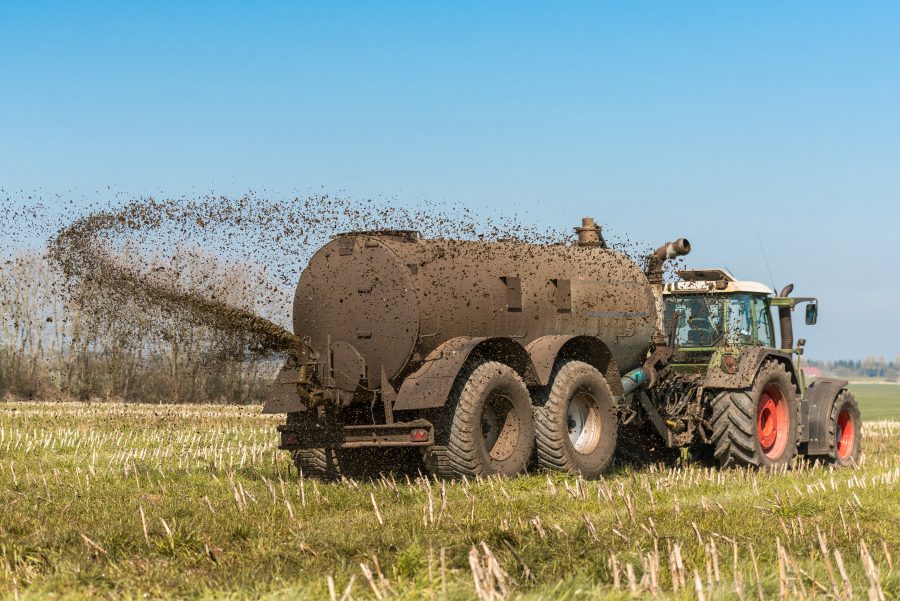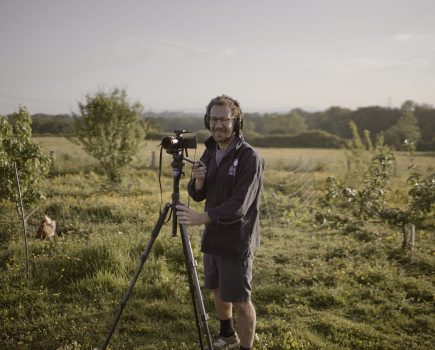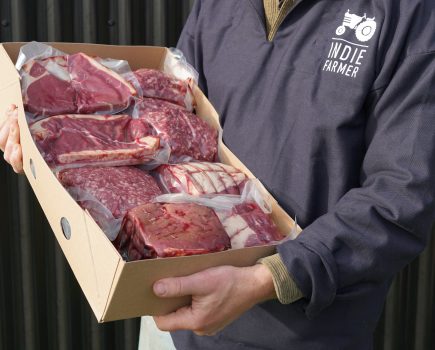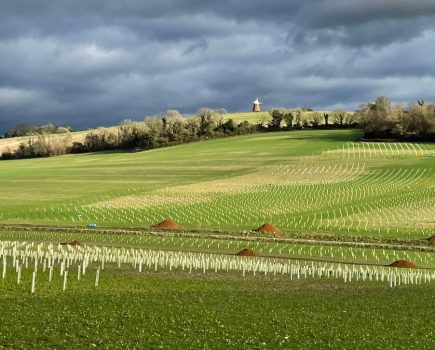Farmers interested in applying for the first round of the new Slurry Infrastructure grant scheme have until 31 January to check if they are eligible and to submit preliminary details to Defra through an online checker.
The scheme is available to farmers in England to replace, build or expand existing slurry stores so they have six months’ storage capacity. Grants of up to £250,000 are available to help pay for tanks, lagoons and concrete stores, as well as large-volume permanent bags. Funding is also available for necessary accessories, such as reception pits, slurry pumps, agitators, pipework and safety fencing.
Alice Johnson, farming consultant in the Northallerton office of Strutt & Parker, says: “This scheme provides farmers with an opportunity to get a grant covering around 50% of the estimated costs of investing in slurry storage. While the scheme does not officially open until early December, farmers can start to prepare the information they will need, including working out what storage capacity they require using AHDB’s Slurry Wizard.
“A Slurry Infrastructure grant online checker will open on 6 December 2022, allowing farmers to check if they are eligible to apply and to get an estimate of the grant they would receive. This will close on 31 January 2023. If an application scores highly enough, the Rural Payments Agency will invite the farmer to submit a full application.”
The minimum grant available is £25,000 and the maximum is £250,000, with businesses paid a fixed contribution towards the equipment they need based on a standard amount.
“Funding is not available for the demolition and removal of old stores, repairs and maintenance of existing stores or second-hand equipment,” warns Ms Johnson. “Care also needs to be taken to ensure any items bought using grant support meet the exact specification set out in the guidance notes.”
The Rural Payments Agency will review all projects once the online checker closes and produce a shortlist of projects, with preference given to applications in the priority areas it has set for the first round of the scheme. The priority areas are places where it has been decided that coordinated action is needed to reduce air and water pollution from agriculture. These can be found across England, although there are larger clusters in Cumbria, North Yorkshire, Wiltshire, Dorset, Somerset and Norfolk.
However, farmers are encouraged to apply for the grant even if they are not currently located in a priority area, as the level of the demand for the scheme is not yet known so funding may well be available anyway. There will also be opportunities to apply for further rounds of the scheme and Defra has indicated the priority areas may change between different rounds.







